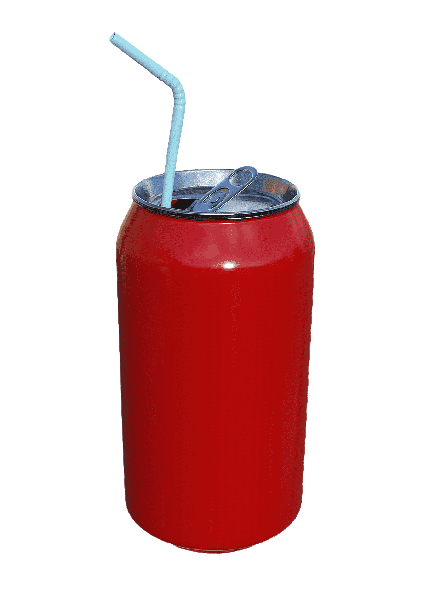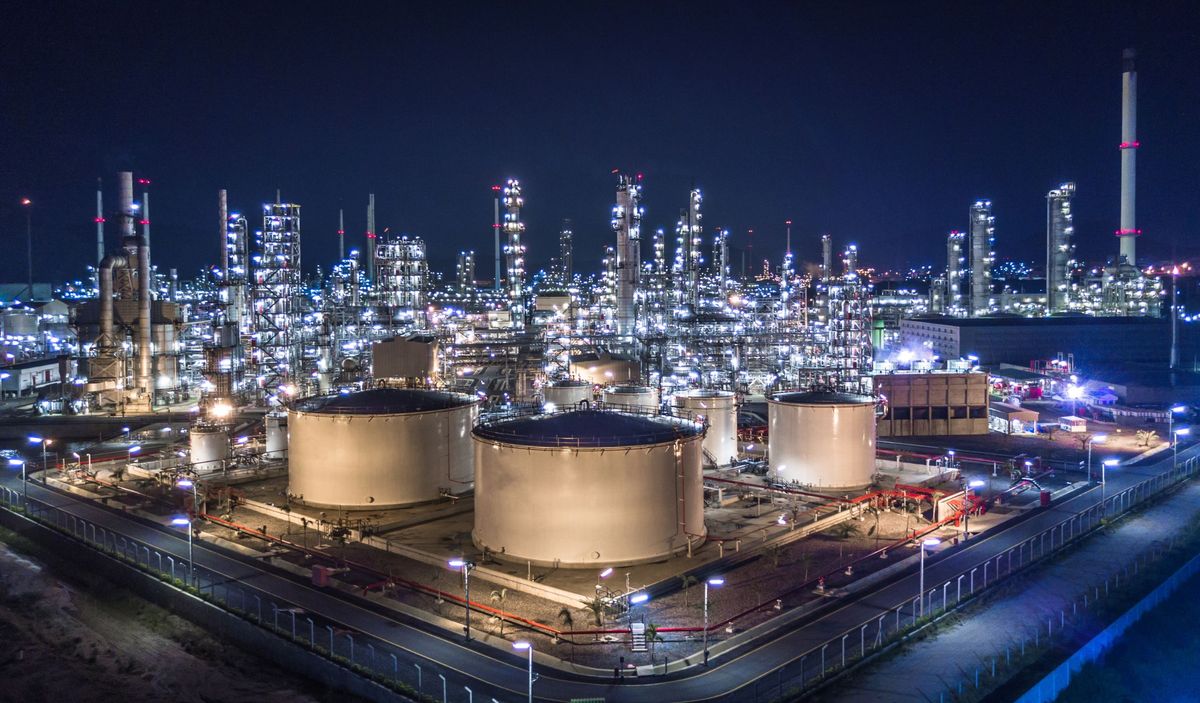Imagine a soda can or a roll of paper towels—these everyday objects share a common shape: the cylinder. While cylinders are ubiquitous, have you ever wondered how to calculate their area? In this article, we'll demystify the formula for finding the area of a cylinder. Whether you're a student looking for a clear explanation or someone curious about the math behind everyday objects, you've come to the right place. We'll break it down step by step in a professional yet friendly tone to make it easy to understand.
Understanding the Basics
Before we dive into the formula, let's ensure we have a solid grasp of the basics:
What is a Cylinder?
- A cylinder is a three-dimensional geometric shape characterized by two parallel circular bases connected by a curved surface.
- It's not just a mathematical concept; cylinders are found in numerous objects around us, from cans to pipes.
Why Calculate the Area of a Cylinder?
Calculating the area of a cylinder is a fundamental mathematical operation that serves various practical purposes in science, engineering, and everyday life.
The primary reasons for calculating the area of a cylinder include:
- Geometric Analysis:
Understanding the geometry of a cylinder is essential for various mathematical and scientific applications. Calculating the surface area helps us analyze and describe the shape and size of the cylinder accurately. - Engineering and Design:
Engineers and designers often work with cylindrical objects in fields such as architecture, manufacturing, and construction. Calculating the surface area is crucial for determining materials needed, heat transfer calculations, and ensuring the proper fit and function of cylindrical components in various products and structures. - Heat Transfer:
In thermodynamics and heat transfer applications, the surface area of a cylinder is used to calculate the rate of heat exchange between the cylinder and its surroundings. This is essential in designing efficient heating or cooling systems. - Fluid Dynamics:
When studying the flow of fluids in pipes, tubes, or containers, the surface area of the cylindrical conduits is vital for determining fluid velocity, pressure drop, and flow rates. - Volume Calculation:
To find the volume of a cylinder, you first need to calculate its lateral surface area. This is because the volume of a cylinder can be calculated by multiplying its base area by its height (V = πr^2h). To find the base area, you need to calculate the lateral surface area first. - Real-World Applications:
Calculating the surface area of a cylinder is relevant in real-life scenarios such as determining the amount of paint needed to coat a cylindrical tank, calculating the amount of wrapping paper needed for a cylindrical gift, or estimating the amount of fabric required to make a cylindrical cushion cover. - Education:
Teaching and learning geometry often involve working with basic geometric shapes like cylinders. Calculating the area of a cylinder is a fundamental exercise that helps students develop problem-solving skills and a deeper understanding of geometry and mathematics.
The Components of Cylinder Area
Now, let's dissect the formula by breaking it down into its essential components:
Formula Overview
- The formula to calculate the surface area of a cylinder is A = 2πrh + 2πr².
- 'A' represents the surface area, 'r' is the radius of the base, and 'h' is the height of the cylinder.
The Circular Base
- The first part of the formula, 2πr², accounts for the area of the two circular bases.
- Radius (r) is the distance from the center of the base to its edge.
- Pi (π) is a mathematical constant approximately equal to 3.14159.
The Curved Surface
- The second part of the formula, 2πrh, calculates the area of the curved surface that wraps around the cylinder.
- Height (h) is the distance between the two circular bases.
Putting the Formula into Practice
Now that we understand the formula, let's apply it to real-world examples:
Example 1: Finding the Area of a Soda Can

- Imagine you have a soda can with a radius of 3 cm and a height of 12 cm.
- Use the formula A = 2πrh + 2πr² to calculate its surface area.
Example 2: Determining Material Needed for a Pipe
- In construction, you may need to calculate the surface area of a cylindrical pipe to determine the amount of material required.
- Walk through the steps using a practical example.
Additional Insights
Let's explore some fascinating insights related to the formula for the area of a cylinder:
Cylinder vs. Prism: A Comparison
- Understand the key differences between a cylinder and a rectangular prism in terms of surface area calculations.
Visualizing Cylinder Surface Area
- Visual aids and diagrams can help enhance your understanding of how the formula works in practice.
Practical Tips and Tricks
Here are some tips and tricks to make working with the formula easier:
Units Matter
- Always ensure your units of measurement are consistent (e.g., centimeters, meters, inches) to avoid errors.
Calculator Tools
- Discover how calculators and online tools can simplify the calculation process.
Conclusion
In conclusion, understanding the formula for the area of a cylinder opens up a world of possibilities. From estimating material needs to designing cylindrical objects, this mathematical concept is a practical tool. We hope this article has shed light on the topic in a professional yet approachable manner. Remember, math doesn't have to be intimidating—it's a powerful tool that can help us make sense of the world around us. So, the next time you encounter a cylinder, you'll know how to calculate its area confidently. Happy calculating!

Here are some Frequently Asked Questions (FAQs) related to the formula for the area of a cylinder:
What is the formula for finding the area of a cylinder?
The formula to calculate the surface area of a cylinder is A = 2πrh + 2πr², where 'A' represents the surface area, 'r' is the radius of the base, and 'h' is the height of the cylinder.
Why is it important to calculate the surface area of a cylinder?
Knowing how to find the area of a cylinder is crucial in various fields, including construction, engineering, and manufacturing. It helps determine material requirements, plan projects, and optimize resource utilization.
What's the difference between the curved surface area and the total surface area of a cylinder?
The curved surface area accounts for the area of the lateral or side surface of the cylinder, while the total surface area includes the two circular bases in addition to the curved surface.
Can you explain the significance of the cylinder's height and radius in the formula?
Certainly! The 'radius' (r) is the distance from the center of the circular base to its edge, while the 'height' (h) is the distance between the two circular bases. These dimensions are crucial in calculating the cylinder's surface area.
How do I convert units when using the cylinder area formula?
Ensure that all measurements are in the same units (e.g., centimeters, meters, inches) before plugging them into the formula to avoid errors. You may need to convert units if they are not consistent.






